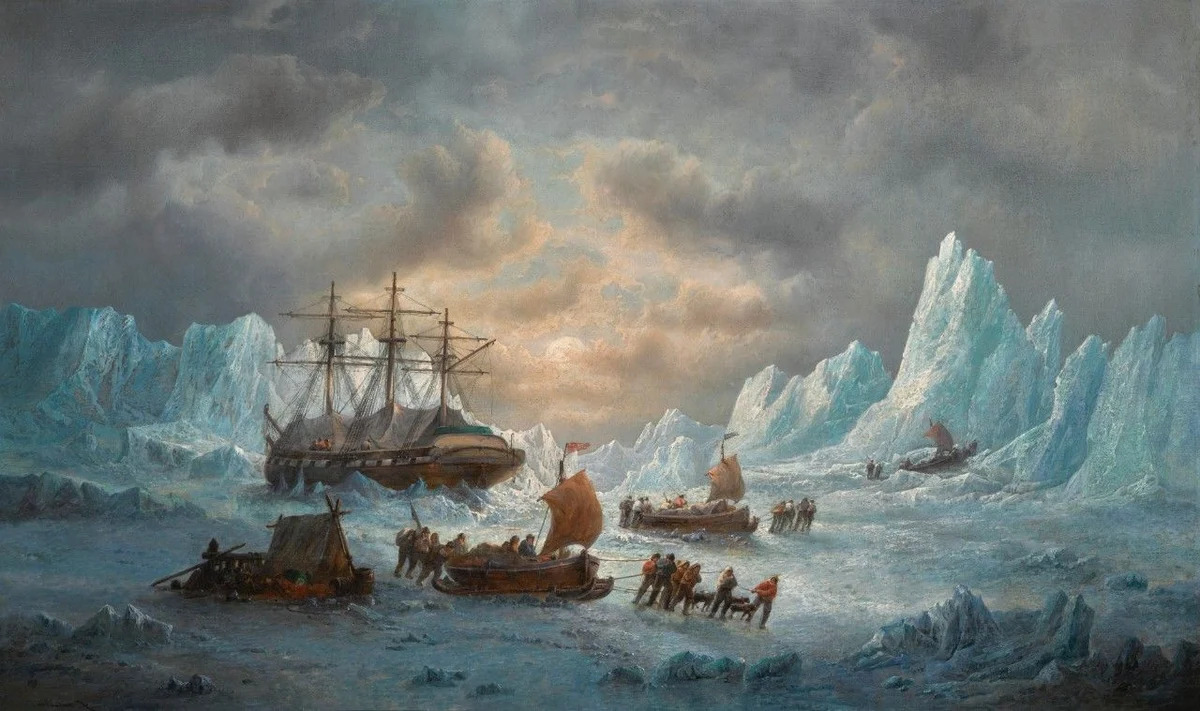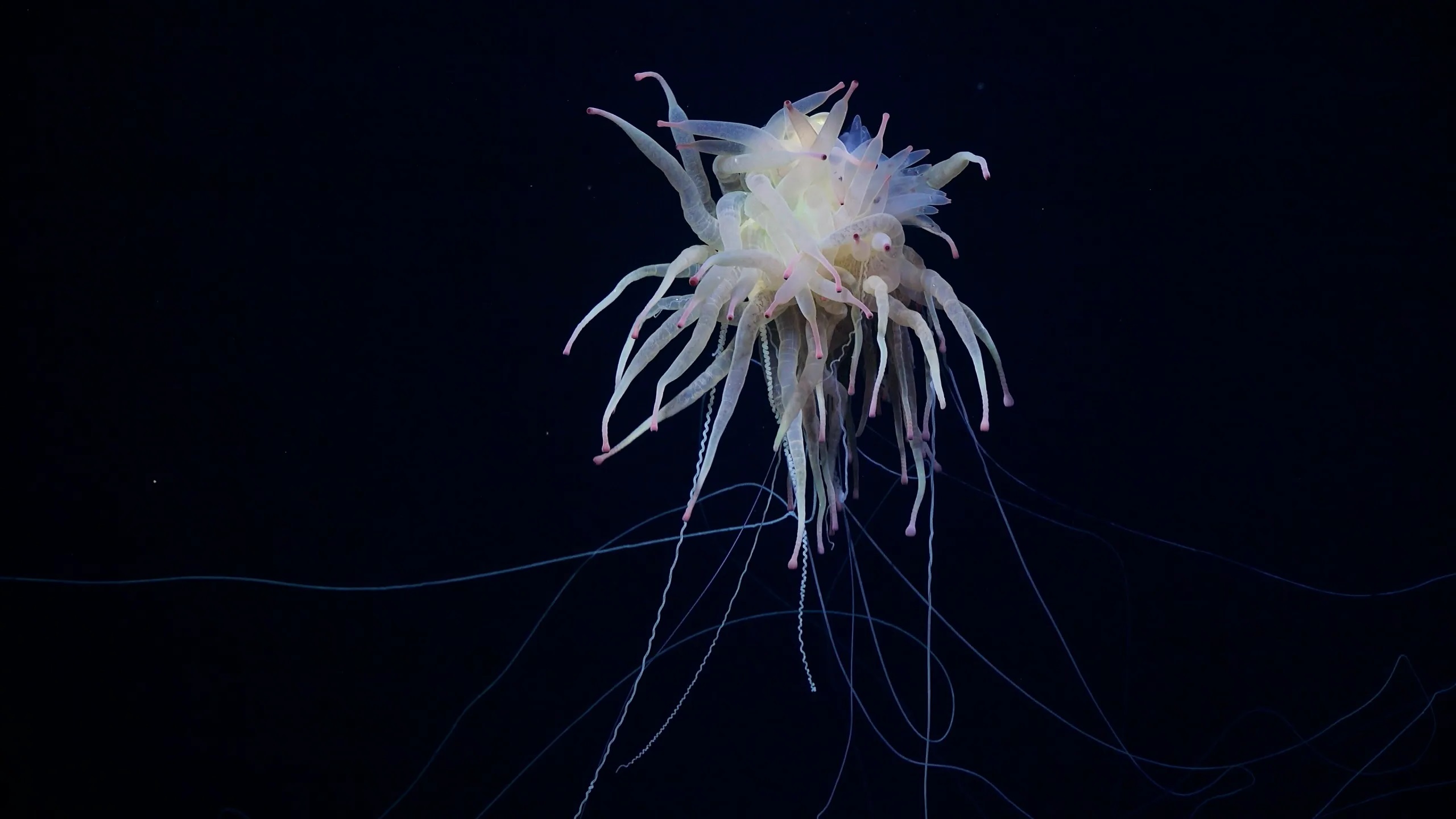
The Lost Franklin Expedition remains one of history's most intriguing mysteries. In 1845, Sir John Franklin led two ships, HMS Erebus and HMS Terror, on a mission to chart the Northwest Passage. Tragically, the entire crew vanished, leaving behind a trail of questions and eerie clues. What happened to the Franklin Expedition? Over the years, researchers have uncovered chilling artifacts, skeletal remains, and haunting journal entries. These discoveries paint a grim picture of the crew's final days, battling harsh Arctic conditions, starvation, and possibly lead poisoning. Dive into these 35 fascinating facts to unravel the enigma of the Lost Franklin Expedition.
Key Takeaways:
- The Franklin Expedition, led by Sir John Franklin, vanished in the Arctic while searching for the Northwest Passage. Clues and discoveries continue to unravel the mystery, sparking fascination and inspiring future explorers.
- Despite facing harsh conditions and unforeseen challenges, the Franklin Expedition's legacy lives on. The search for the Northwest Passage and the discoveries made during the search have significantly contributed to our understanding of the Arctic.
The Mysterious Franklin Expedition
The Franklin Expedition remains one of history's most intriguing mysteries. Led by Sir John Franklin, the mission aimed to chart the Northwest Passage through the Arctic. However, the entire crew vanished, leaving behind a trail of questions and eerie clues.
- The Franklin Expedition set sail in 1845 with two ships, HMS Erebus and HMS Terror.
- Sir John Franklin, a seasoned explorer, commanded the mission at the age of 59.
- The crew consisted of 129 men, including officers and sailors.
- Both ships were equipped with the latest technology of the time, including steam engines.
- The expedition aimed to find a navigable route through the Arctic, connecting the Atlantic and Pacific Oceans.
The Disappearance
Despite their preparation, the Franklin Expedition faced unforeseen challenges. The Arctic's harsh conditions and limited knowledge of the region contributed to their mysterious disappearance.
- The last known contact with the expedition was in July 1845, when they were seen by whalers in Baffin Bay.
- In 1848, search parties were dispatched after no word was received from the expedition for three years.
- The first clues were discovered in 1850, including three graves on Beechey Island.
- In 1854, Inuit testimony revealed that the ships had been trapped in ice and the crew had resorted to cannibalism.
- A note found in 1859 on King William Island confirmed the deaths of Franklin and many crew members.
The Search and Discoveries
Over the years, numerous expeditions have sought to uncover the fate of Franklin and his men. These searches have yielded significant findings, shedding light on the tragic end of the mission.
- In 1981, forensic anthropologist Owen Beattie led a team to Beechey Island, exhuming the bodies of three crew members.
- Autopsies revealed that lead poisoning from tinned food may have contributed to the crew's demise.
- In 2014, the wreck of HMS Erebus was discovered in the Queen Maud Gulf.
- Two years later, in 2016, the wreck of HMS Terror was found in Terror Bay.
- Both ships were remarkably well-preserved, providing valuable insights into the expedition's final days.
Theories and Speculations
The Franklin Expedition's fate has sparked numerous theories and speculations. Researchers and historians continue to debate the factors that led to the crew's tragic end.
- Some believe that scurvy, a disease caused by vitamin C deficiency, played a significant role in the crew's deaths.
- Others argue that the crew's reliance on tinned food, which was poorly preserved, led to fatal lead poisoning.
- The harsh Arctic climate and lack of proper clothing and shelter likely contributed to the crew's suffering.
- Inuit accounts suggest that some crew members may have survived longer than previously thought, living among the Inuit for a time.
- The possibility of a mutiny or breakdown in leadership has also been considered as a factor in the expedition's failure.
The Legacy of the Franklin Expedition
Despite its tragic end, the Franklin Expedition has left a lasting legacy. The search for the Northwest Passage and the discoveries made during the search for Franklin have significantly contributed to our understanding of the Arctic.
- The expedition's disappearance spurred numerous search missions, leading to greater exploration of the Arctic region.
- The findings from these searches have provided valuable information about the geography and climate of the Arctic.
- The Franklin Expedition has inspired countless books, documentaries, and fictional works, keeping the story alive in popular culture.
- The discovery of the wrecks of HMS Erebus and HMS Terror has renewed interest in the expedition and its fate.
- The artifacts recovered from the wrecks are now being studied and preserved, offering new insights into the lives of the crew members.
Modern Investigations and Continuing Mysteries
Modern technology and ongoing research continue to uncover new details about the Franklin Expedition. Each discovery brings us closer to understanding what happened to Franklin and his men.
- In 2018, researchers discovered a well-preserved officer's cabin on HMS Terror, complete with personal items and documents.
- DNA analysis of recovered remains is helping to identify individual crew members and their roles on the expedition.
- Advanced imaging techniques are being used to map the wrecks and surrounding areas in greater detail.
- Studies of the recovered artifacts are providing insights into the daily lives and struggles of the crew.
- The Franklin Expedition remains a subject of fascination and study for historians, archaeologists, and enthusiasts alike.
The Human Element
At its core, the Franklin Expedition is a story of human endurance, ambition, and tragedy. The personal stories of the crew members and their families add a poignant dimension to the historical narrative.
- Letters and journals from the crew members reveal their hopes, fears, and experiences during the expedition.
- The families of the crew members endured years of uncertainty and grief, not knowing the fate of their loved ones.
- Memorials and monuments have been erected in honor of the Franklin Expedition and its crew.
- The story of the Franklin Expedition serves as a reminder of the dangers and challenges faced by explorers in the pursuit of knowledge.
- The enduring mystery of the Franklin Expedition continues to captivate and inspire future generations of explorers and researchers.
The Legacy of the Franklin Expedition
The Franklin Expedition remains one of history's most intriguing mysteries. Despite the tragic end, the search for answers has led to significant discoveries about Arctic exploration. The ships, HMS Erebus and HMS Terror, found in 2014 and 2016, provided crucial clues. Artifacts and human remains recovered have offered insights into the crew's struggles. The expedition's story has inspired countless books, documentaries, and research, keeping the memory of those brave souls alive. Modern technology continues to uncover new details, ensuring the legacy of the Franklin Expedition endures. This tale of adventure, perseverance, and tragedy serves as a reminder of the human spirit's quest for knowledge and the enduring impact of exploration.
Frequently Asked Questions
Was this page helpful?
Our commitment to delivering trustworthy and engaging content is at the heart of what we do. Each fact on our site is contributed by real users like you, bringing a wealth of diverse insights and information. To ensure the highest standards of accuracy and reliability, our dedicated editors meticulously review each submission. This process guarantees that the facts we share are not only fascinating but also credible. Trust in our commitment to quality and authenticity as you explore and learn with us.


